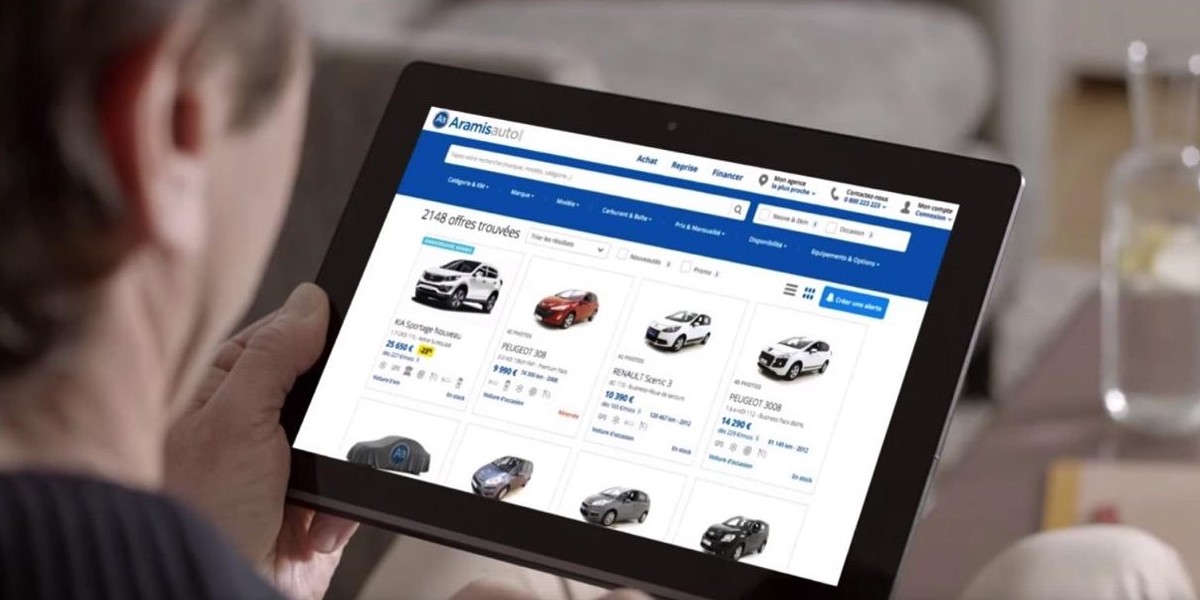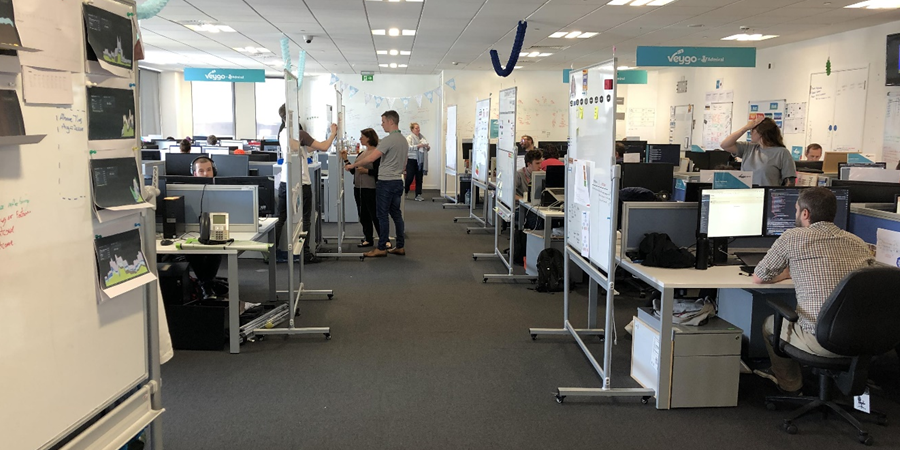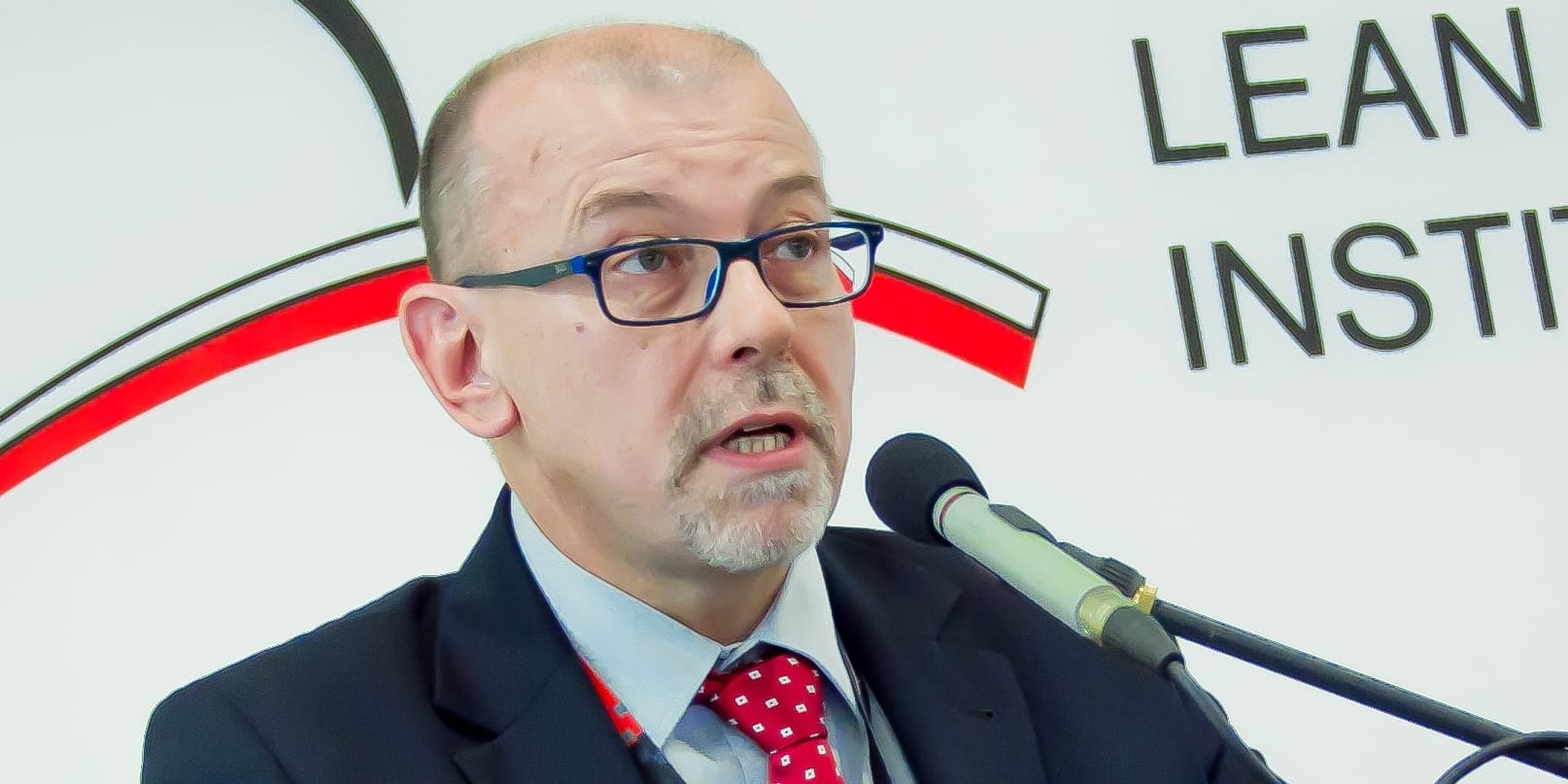
Staying ready in uncertain times
NOTES FROM THE (VIRTUAL) GEMBA – Throughout the lockdown, this car-selling business has never lost its focus on people development. The author learns how this approach is helping the firm make the most of the crisis.
Words: Catherine Chabiron, lean author and member of Institut Lean France.
The automotive business has been severely hit by the pandemic. Only a few weeks ago, before the lockdown, 70% of households in France were driving to work and cars represented – they may still do – the second most important item in a French household budget. With everyone staying at home, sales have plummeted down to a historical low and car manufacturers have closed in March.
In such a bleak and uncertain period for the automotive business, I thought it would be interesting to see how an on-line car seller such as Aramisauto.com fared. I had visited Aramisauto.com back in 2017, as they were ramping up a lean transformation. I am now chatting, through a video conference, with Nicolas Chartier, the MD of Aramisauto.com and one of its co-founders, to understand where they stand and what the lessons learned are.
The business model of Aramisauto.com is to offer a customer-friendly car purchase process: they made a daring bet on digital purchases in 2001 and now offer online car model comparison, financing and contracting. Cars can be tried out and delivered in one of their 47 outlets in France, Belgium and Spain. Their website receives 1.9 million visitors per month and the company sold 62,000 cars in 2019.
THE TEMPTATION OF COMMAND & CONTROL
Nicolas tells me discussions on the pandemic flared up at the end of February during one of the traditional breakfasts with employees. “Some people were shrugging it off as a normal flu, others showed deep concern as they were in close contact with people in Italy or China. The discussion continued on our internal social network. One thing we have learned with lean is to respect people, and we listened to all. Lean helped us formulate the problem: we don’t know whether this is serious or not, but we do know that it is important for some of us and we consequently need to take action,” he says.
Nicolas admits that he himself was not fully convinced that Covid-19 was serious. Yet, a “crisis cell” (which includes members of the Executive Commitee as well as non-ExCom people) was up and running by early March. The cell’s first job was to anticipate the worst-case scenario – a full lockdown with all 30 outlets in France closed down – and prepare for it. Remote work started ahead of the official lockdown and business continuity was maintained.
“We had one major concern in the crisis cell,” continues Nicolas. “It was very tempting to revert to command-and-control mode because of the sheer number of adjustments and decisions we had to make.” Top down decrees give the impression that we are reacting fast and decisively to an emergency, but they often backfire because the decisions were made rashly, often based on wrong assumptions, and key stakeholders were not involved. Once recovered from the first stunning shock, everyone starts circumventing the new rule because it does not make any sense to them.
Inspired by The Lean Strategy, Nicolas uses the terms of Orient and Support, where People are the solution (and not the problem) and the Process is the problem (and not, as too often believed, the solution).

The orientation the ExCom gave was crucial, as an avalanche of rules and regulations poured down from government bodies and trade organizations. It was important that people in Aramisauto.com had a solid framework to face the upcoming challenges. These were the things the team would focus on:
- Protecting employees and customers;
- Ensuring business continuity;
- Preparing Aramisauto.com to be even stronger once out of the crisis;
- Maintaining teamwork in spite of remote work and stress.
Nicolas reflects on how Lean Thinking helped them frame the problem: ”We are all aligned. We believe in respect for people, teamwork, customer first, and when we see problems, we address them. This tremendously helped when the crisis hit us. Everyone knew what they had to do. And if any one of us slipped and started placing financial concerns ahead of employee safety or customer focus, someone would challenge them on that. We are like a team in a soccer match: we know and trust each other, we are aware of the codes, we’ve gone through the same drills.”
PEOPLE ARE THE SOLUTION
Remote working has temporarily solved the problem of social distancing and sanitizing. Teams are, however, actively working on how to organize the outlets and the car reconditioning factory when the lockdown is lifted.
The lockdown has not stopped the deliveries either: vehicles had been purchased before it started and are still being purchased, and customers – such as healthcare staff or workers from the food supply chain – have to be served urgently.
The ExCom had debated whether outlets should be kept open or not to ensure those deliveries. The lean practice of the QFD matrix helped them sort out the issue and start with the actual customer needs, which they listed one by one. They then associated each of them with the functional techniques they could offer. I include here a very simplified extract of what they prepared.

Eventually, they decided to close the outlets and develop home deliveries. This meant they had to invent a way to deliver a car, explain its specificities and have the customer sign the hand-over papers with zero risk of infection. In lean terms, they framed the problem and asked people in charge of operations to make suggestions on how to best develop local solutions.
“The moment we stopped trying to invent a new home delivery process at corporate level and asked for ideas from the gemba, local solutions started to flow in,” Nicolas tells me. “They were relevant and agile. Kaizen is the most efficient way to design our new contactless operating mode. Contactless but warm and friendly. And, by the way, our NPS has never been higher.”

He adds that the supply chain has also launched a kaizen on the upstream flow since home deliveries were introduced. Up till then, they never exceeded 15% of the sales, whereas now they could easily reach 50% in the near future, once the lockdown ends.
KANBAN IS THE BEST WAY
I had planned to go and visit Juliette Dumas, in charge of the home deliveries in Aramisauto.com, long before the pandemic and I therefore decide to discuss this new home delivery trend with her, in a videoconference. I know Juliette’s team has implemented electronic kanbans and I want to understand whether this really made their lives easier, and if they have managed to keep the kanban system going during the lockdown.
Juliette had been part of the Aramis kaizen office before she took over this job, and she admits that moving to operations was a real eye-opener: “I could never understand why people could not find 20 minutes a day for kaizen. As I took the position with my new team, I began to see: the team was very busy, drowning in heaps of to-do lists on all the steps leading to a car home delivery.”
Their CRM tool indiscriminately listed the number of tasks to be completed from an order to the effective delivery, and the team felt overwhelmed by the sheer number of things to do. At the same time, the amount of home deliveries was increasing from 200/month to 350/month by Q1 2020. Juliette then decided to introduce an electronic Kanban system in the CRM. Each kanban refers to a customer name and lists the steps the team has to go through for that particular customer. When a step is completed, a box is ticked and given a precise date and time. The team has also defined a time limit for each step showing gaps versus expectations, as the preparation proceeds.
Their CRM online dashboard now tells them exactly what is needed today, customer by customer, and they ignore what will be needed tomorrow or in a week’s time. They focus on the right customers and only manage the steps that are needed now, in pull flow.

“This brought us three major advantages,” Juliette explains. “First, we no longer think in terms of tasks to do but in terms of customers to serve, as their names are visible on our kanbans.” One of their operators actually confirmed that “seeing the name of the customer creates a very different reaction and boosts the commitment to provide the service”.
“Secondly,” Juliette continues, “the comfort for the team has tremendously increased, since we only address tasks just-in-time. We do not try to fill up a bottomless pit and now find time for kaizen. Thirdly, while we increased our monthly volume by 75%, with no additional headcount, we decreased our overall lead-time to deliver a car from 20 days to 12 days.”
As I ask her how they managed to find time for kaizen thanks to the kanban, since the total number of tasks to accomplish has not decreased for a given month, Juliette smiles: “The magnitude of our ‘stock of tasks’ was such that we were tempted to get ahead of the deadlines and prepare cars in advance. Unconsciously, we were picking up the easy ones and the difficult ones were left over to rot and swell. When we finally addressed them, days too late, they had grown in complexity and added to the pile. It was a never-ending process. Now, we take the time for kaizen, and this helps decrease the overall load and complexity.”

Juliette actually confirms that, like the other teams in Aramis, they have continued their daily team routines throughout the lockdown and never stopped using the Kanban system: “It used to be at 8am in the morning, now it’s 9am. We discuss the tasks for the day by video-conference and check who is doing what. When I am through with my own delivery, I check with the rest of the team if I can come and help. At 2pm, we have an “andon call”: we discuss problems, possibly run a PDCA on one customer issue. We call each other a lot because the lockdown creates new situations or unexpected problems.”
I am impressed that the team has managed to create their own Kanban automation system without buying an expensive tool or requesting outsiders to come in and help. This is typical karakuri (operator low energy hand-made device). Measuring the lead-time for the customer, from order to delivery, recognizing difficult points and dealing with them as and when they occur, making the customer real (instead of a number on a list) is the quintessence of Kanban and pull flow. “And it facilitates teamwork,” Juliette adds. “If one of us is away, we have full visibility of what is due and can easily take over.”
GEMBA AND TEAMWORK IN LOCKDOWN
Nicolas believes lean is a people development system. As the teams prepare for the end of the lockdown, they are taking advantage of the remaining time they have to consolidate the teamwork and learn from each other: they have maintained their daily routines, worked on virtual obeyas, developed small internal 30-minute training webinars that any employee can attend and, of course, continued to improve standards and solve problems.
Nicolas still deeply believes in the importance of walking the gemba, although he has had to accept doing so through team meetings, virtual obeyas or one-to-one phone calls during the lockdown. He keenly supports kaizen made by the teams with internal videos where he interviews the kaizen team leader and praises both efforts and results. He firmly believes that developing people’s capabilities remains Aramisauto.com’s key target to ensure continuity in customer satisfaction and preparedness in uncertain times.
THE AUTHOR

Read more


FEATURE – Following a visit to a Toyota supplier in Japan, the authors reflect on the nature of kaizen and explain why we might be looking for it in the wrong place.


NOTES FROM THE (VIRTUAL) GEMBA – This week, the author chats with an innovative insurance company as it relies on its lean learnings to ensure business continuity and switch to remote working during the Covid-19 crisis.


GETTING TO KNOW US – We continue our series of interviews with Lean Global Network directors with a Q&A with another veteran of the global lean movement, Poland’s Tomasz Koch.


CASE STUDY – Not even a pandemic can prevent a lean organization from learning: this hotel in Tenerife has decided to make the most of its forced closure to review and improve its processes.

